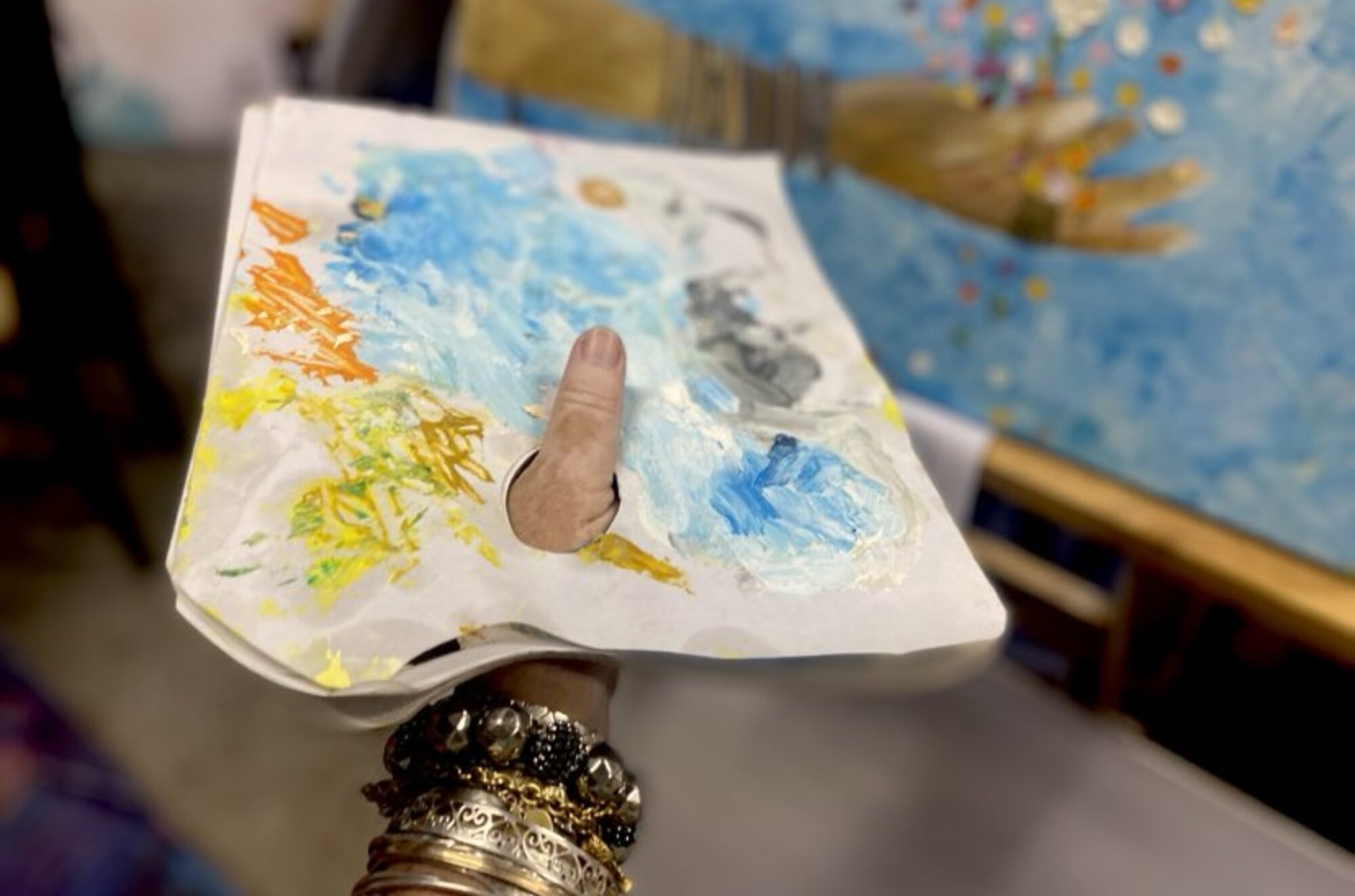*Shalom! שלום
Taryn writes: Over the last few days we read the book of Esther because we knew that Thursday this week is the celebration of Purim. The Jewish calendar is different to ours but the Bible does sometimes give us dates of certain events which can be figured out! Purim which is when God helped Queen Esther free her people from Haman’s evil plan to wipe out all the Jews. Esther is one of my favourite books of the Bible because her bravery is so inspiring!
There are lots of traditions that the Jews carry out for Purim which is still celebrated today. They give gifts to each other and also to the poor and have foods that are special to them – including Hamentashen which is what we made this week.
Making the Hamentashen is now the favourite thing we’ve made so far – it was a lot of fun.
Shalom!
Taryn
(*Shalom is a Hebrew greeting to do with “completeness”. It means “peace”, and is used for both hello and goodbye)
From Heather:
As with other books of the Bible, Esther contains a lot of dates. But we mostly don’t recognise them – or their significance – or when they fall on our own calendar! Would you be able to point to 23rd Sivan, 13th Nisan, 13th Adar? And neither could I – as while I’ve learned of this calendar it is a more complicated system and still need to check on Jewish calendars to be sure.
When I first started looking into the Feasts of Israel I came to the topic thinking they were celebrations involving specific foods. I came to learn that Purim isn’t actually one of the Feasts Of Israel – though it is celebrated by Israel and with feasting! It is it’s own thing – like Christmas, both Purim and Hanukkah, celebrate actual events – set by humans for remembrance rather than by God as instruction, where the Feasts of Israel were spoken by God Himself in Leviticus 23.
However – while I came at the topic a bit backwards, Purim marks something magnificent that took place and remembering it is a cracking good opportunity to read and remember.
Hamentashen is not going to be found in the Bible. Like many traditions it grew out of the events to serve as a marker/memorial. The origin seems to be from Europe about 500 years ago and there are different stories as to what they represent.
The first group of stories are weird to us. Hamentashen are named for the evil character Haman which is the first strange thing. Why not call them Esthertashen? or Mordecaitashen? But anyway – they are named for Haman. Some believe his ears were cut off before he was hanged and that the biscuits represent his ears! Eek! Some believe they represent the shape of the hat he wore. (Perhaps that was thought up so as not to creep the children out over eating Haman’s ears?!?!) Some think they represent Haman’s pockets filled with bribe money.
The nicest explanation I’ve seen is that the three corners represent Abraham, Isaac and Jacob. I still don’t get their being named for Haman but none of that changes the fact they are delicious. 🙂
שלום 🙂
Heather
Hamentashen – makes about 65
PASTRY
To make the pastry place the following ingredients into a large bowl and mix thoroughly
3 eggs
1 cup vegetable oil
1 cup sugar
1/2 cup water
1/2 cup orange juice
A good pinch of salt
Then add the flour and mix thoroughly again.
4 cups plain flour
The dough should be soft but not sticky. Just add a bit more flour if needed. Rest for at least 15 minutes before assembling.
FILLING
The following recipe is for the filling we made this time. You could opt to make fillings with any other Middle Eastern fruity concoction that you like – (prunes, apricots) – or even jam.
500 grams dried/pitted dates
1 dessert spoon honey
2 dessert spoons poppy seeds
3 cups water
Juice and pulp of 1 lemon
Place all ingredients into a pot – bring to boil but be careful as the high sugar content of the dates means it will burn and stick easily. Simmer for 40 minutes or so – stirring frequently – till reduced to a thick jam-like consistency. Add a little more water if reducing before the dates have turned to a pulp. Allow to cool slightly before assembling or the heat will melt the pastry.
TO ASSEMBLE
Make sure to keep your work surface and pastry top well floured!
Roll to approx 3-4 mm thickness. Cut circles – we used a plastic cup but scone cutters would work well also.
Place a teaspoon of mixture in the centre of each circle – brush the edge with some water – either on a paintbrush or on one finger. Draw the sides up and pinch into 3 corners to hold the filling in place.
Bake for approx 15 minutes moderate oven.






